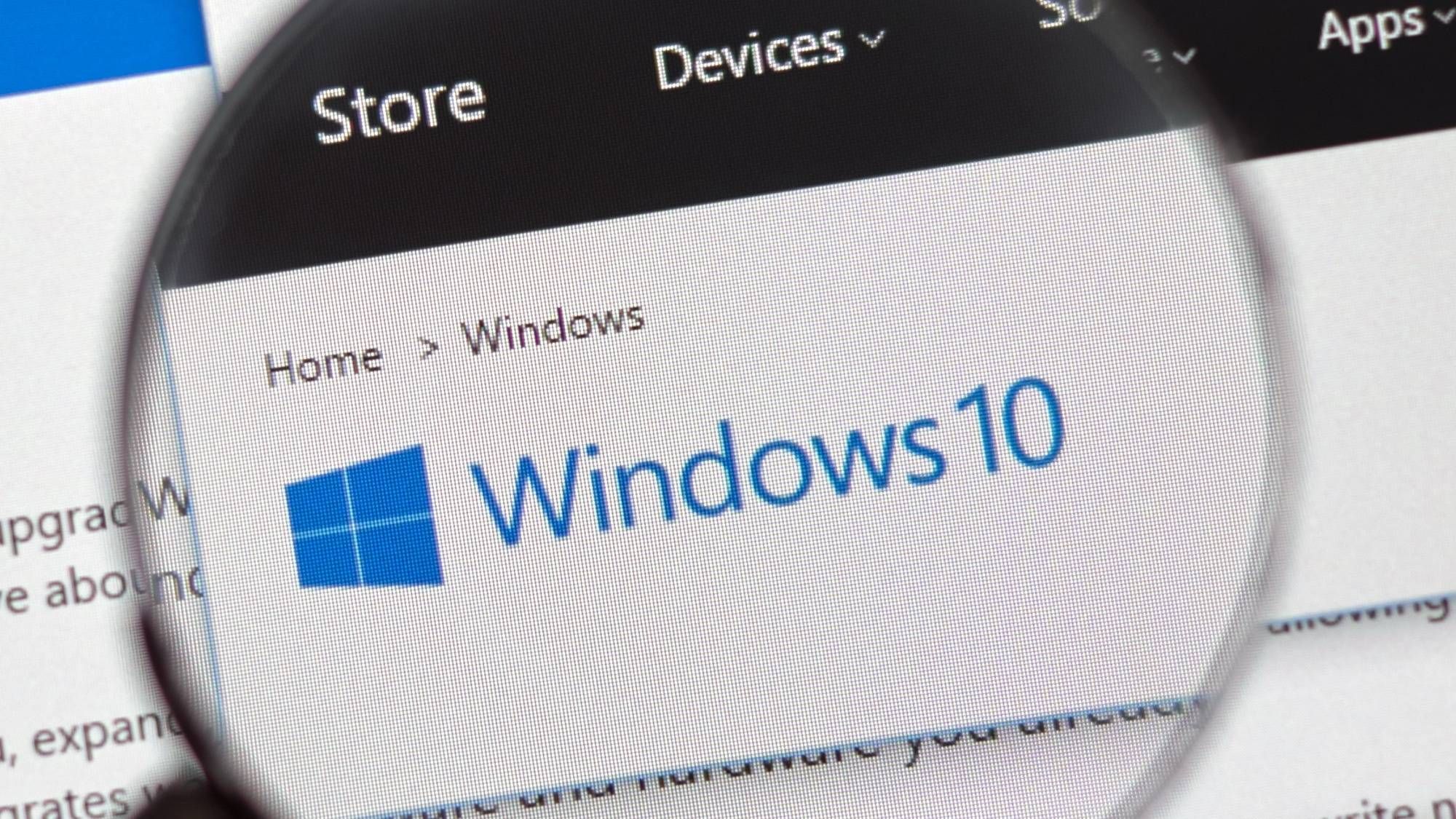“Unsupported systems aren’t just outdated, they’re unprotected,” reads a rather stern warning on Microsoft’s blog to people who are still on Windows 10. Security is one of the many reasons why you should be upgrading to Windows 11 right now — in fact, Microsoft’s Digital Defense Report shows over 90% of ransomware attacks target unsupported PCs. That’s a lot!
But in an alarming poll we conducted, 84% of Tom’s Guide readers are still using Windows 10. So there’s a disconnect here.
And yes, this warning is more targeted towards businesses, given that the team talks about how much technical debt companies could fall into by delaying the updates. So allow me to read between the lines of this business-level advice and identify the risks you’re exposing yourself to, alongside what to do to fix it.
What are the risks
So what are the risks directly to you — the person on a Windows 10 PC — saying “everything is fine” and carrying on? Well, Microsoft calls it the “just one more year” thinking for business, and you may be feeling the same after enrolling for extended security updates. But these don’t leave you any less vulnerable to real threats.
High risk of ransomware and malware attacks
Your older devices will stop receiving updates that help plug any gaps in your security, helping block ransomware and malware attacks. These account for much of over 90% of attacks, and the infrastructural vulnerabilities of outdated Windows 10 systems make them prime targets.
That means personal files like photos, documents or backups can be encrypted and held for ransom, or malicious software can be used to steal personal credentials and banking details — leading to identity theft and financial fraud.
Invisible vulnerabilities
Here’s the problem with those infrastructure vulnerabilities — they often remain invisible until an incident occurs. Microsoft has stopped casting a close eye over any potential exploits in its system, so you will essentially be going in blind.
That means your system could be silently compromised for months, giving sustained access to your data or turning your PC into a bot for larger attacks.
Costing you much more in the long run

And at what cost would this be to you? Because, sure, you may be saving money in the short term by not upgrading your PC. But the financial cost of fraud is significant, and the time cost of recovering data from a compromised system on top of that?
It’s going to be a much higher toll than just getting a system that supports Windows 11.
What you can do
I don’t like to sound like the angry Head teacher here, so let’s go into the things you can do right now to keep yourself secure.
Make an upgrade plan
The first one is pretty obvious: upgrade. Chances are, your current Windows 10 system will support Windows 11. As you may have read in our interview with AMD, many of their chips were futureproofed for the requirements of newer Windows, and Intel did the same.
That being said, not everyone will be covered by this. So take the quiz to help you figure out whether you can upgrade what you already have, or if you need to save up for a new PC.
Strengthen interim protections

If you do need to upgrade, that’s where this bit comes in. While Microsoft is indeed taking its eye off the ball of Windows 10 now that it’s in the end-of-life era, that doesn’t mean third-party companies aren’t.
Ensure you find and run robust security tools. Any of the best antivirus software options will do the trick! On top of that, double-check all your logins and use strong passwords (or passkeys) for all your accounts.
And finally, set up a regular backup for all your critical data — be that to an external drive or a cloud service. That way, if you are compromised and your PC is locked down, you do have an easy-to-access backup.
Follow Tom’s Guide on Google News and add us as a preferred source to get our up-to-date news, analysis, and reviews in your feeds. Make sure to click the Follow button!
More from Tom’s Guide
Back to Laptops
First Appeared on
Source link












